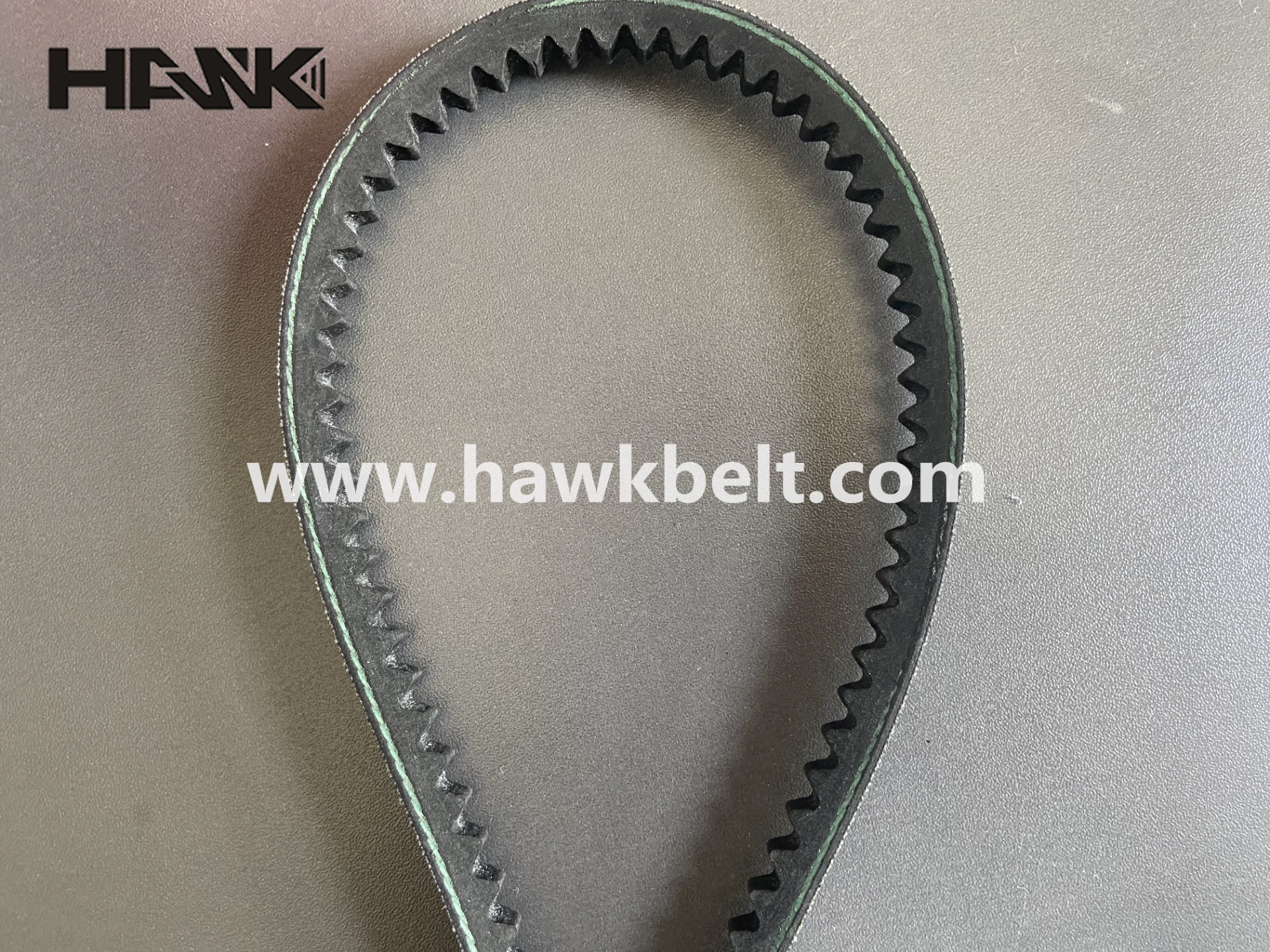- Arabic
- French
- Russian
- Spanish
- Portuguese
- Turkish
- Armenian
- English
- Albanian
- Amharic
- Azerbaijani
- Basque
- Belarusian
- Bengali
- Bosnian
- Bulgarian
- Catalan
- Cebuano
- Corsican
- Croatian
- Czech
- Danish
- Dutch
- Afrikaans
- Esperanto
- Estonian
- Finnish
- Frisian
- Galician
- Georgian
- German
- Greek
- Gujarati
- Haitian Creole
- hausa
- hawaiian
- Hebrew
- Hindi
- Miao
- Hungarian
- Icelandic
- igbo
- Indonesian
- irish
- Italian
- Japanese
- Javanese
- Kannada
- kazakh
- Khmer
- Rwandese
- Korean
- Kurdish
- Kyrgyz
- Lao
- Latin
- Latvian
- Lithuanian
- Luxembourgish
- Macedonian
- Malgashi
- Malay
- Malayalam
- Maltese
- Maori
- Marathi
- Mongolian
- Myanmar
- Nepali
- Norwegian
- Norwegian
- Occitan
- Pashto
- Persian
- Polish
- Punjabi
- Romanian
- Samoan
- Scottish Gaelic
- Serbian
- Sesotho
- Shona
- Sindhi
- Sinhala
- Slovak
- Slovenian
- Somali
- Sundanese
- Swahili
- Swedish
- Tagalog
- Tajik
- Tamil
- Tatar
- Telugu
- Thai
- Turkmen
- Ukrainian
- Urdu
- Uighur
- Uzbek
- Vietnamese
- Welsh
- Bantu
- Yiddish
- Yoruba
- Zulu
Dec . 04, 2024 00:48 Back to list
Exploring the Connection Between Belt Systems and Automotive Innovation
The Crucial Link Between Belts and Cars An In-Depth Exploration
Cars have become an integral part of our daily lives, serving as a primary mode of transportation for millions around the globe. Yet, the intricate mechanisms that enable these machines to function seamlessly are often overlooked. Among the myriad components that contribute to a vehicle's performance, belts play a crucial role that deserves closer examination.
Understanding the Role of Belts in Vehicles
Belts in cars are the unsung heroes that ensure various mechanical processes run smoothly. The most common types include the serpentine belt, timing belt, and accessory belts. Each serves a distinct purpose but collectively contributes to the overall efficiency and reliability of a vehicle.
1. Serpentine Belt This long, continuous belt snakes around multiple pulleys, driving crucial components such as the alternator, power steering pump, water pump, and air conditioning compressor. Its efficiency in powering several accessories makes it a vital component in modern engines. A worn or damaged serpentine belt can lead to engine overheating or failure of the power steering system, underscoring its importance.
2. Timing Belt Perhaps one of the most critical belts in an engine, the timing belt synchronizes the rotation of the crankshaft and camshaft. This synchronization is essential for proper engine timing and ensuring the valves open and close at the correct intervals. A failure of the timing belt can result in severe engine damage, making regular inspections and replacements critical for vehicle maintenance.
3. Accessory Belts These belts serve various other functions, driving accessories that enhance the driving experience, such as the air conditioning system and power steering. Like the serpentine belt, they need regular maintenance to avoid potential breakdowns.
The Evolution of Automotive Belts
Historically, belts have evolved significantly. Early automobiles relied on simple leather or fabric belts, which were less durable. With advancements in material science, modern belts are often made from reinforced rubber or composite materials that offer enhanced durability, flexibility, and resistance to wear and tear. This has improved reliability and reduced the frequency of replacements, contributing to overall vehicle longevity.
belts cars

The Importance of Maintenance
Despite their relatively low profile in terms of car components, regular maintenance of belts is crucial for ensuring optimal vehicle performance. Mechanics often recommend checking belts for signs of wear, such as cracks, fraying, or glazing. A proactive approach, including timely replacements, can prevent unexpected breakdowns and expensive repairs.
Drivers should also pay attention to unusual sounds while operating their vehicles. Squealing or chirping noises can indicate belt issues that, if left unaddressed, may lead to more significant problems. Regularly scheduled maintenance checks can identify these warning signs early, allowing for swift corrective action.
Future Innovations
The automotive industry is undergoing a significant transformation with the rise of electric vehicles (EVs) and hybrid models. While many traditional belts may become obsolete due to the simpler mechanics of electric drivetrains, the role of belts isn't entirely disappearing. Hybrid vehicles, for instance, still utilize belts to manage the interaction between electric and gas engines.
Moreover, the future may bring innovations such as improved composite materials or even belt-less designs, leveraging advanced technology and engineering solutions. As vehicles continue to evolve, the role of belts will also adapt but remain essential in many models for the foreseeable future.
Conclusion
In conclusion, belts are a fundamental aspect of automotive mechanics that should not be underestimated. They play a pivotal role in the functioning of various car systems and contribute significantly to vehicle performance and safety. As the automotive industry transitions towards new technologies, the importance of well-maintained belts will remain, demonstrating that even in a rapidly advancing field, some elements will always stay crucial to our driving experience. Embracing a proactive maintenance philosophy ensures that these critical components continue to function effectively, keeping drivers safe and vehicles running smoothly.
-
Korean Auto Parts Timing Belt 24312-37500 For Hyundai/Kia
NewsMar.07,2025
-
7PK2300 90916-T2024 RIBBED BELT POLY V BELT PK BELT
NewsMar.07,2025
-
Chinese Auto Belt Factory 310-2M-22 For BMW/Mercedes-Benz
NewsMar.07,2025
-
Chinese Auto Belt Factory 310-2M-22 For BMW/Mercedes-Benz
NewsMar.07,2025
-
90916-02660 PK Belt 6PK1680 For Toyota
NewsMar.07,2025
-
drive belt serpentine belt
NewsMar.07,2025

